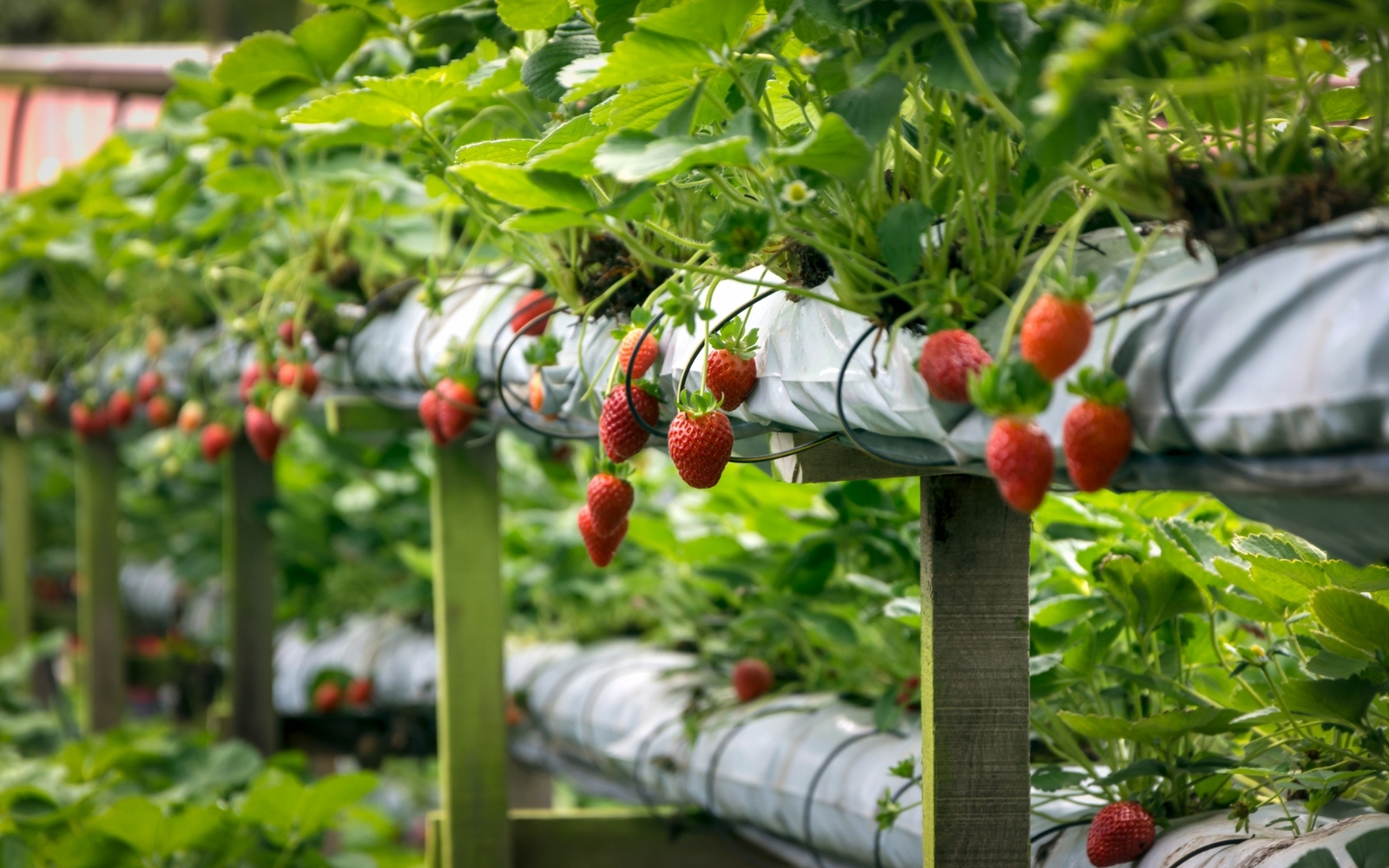Smarter Manufacturing: How IoT, Robotics, and Smart Systems Are Rewiring Food Production % – OPUS International
The food and beverage manufacturing sector is undergoing a global transformation. As labor shortages, climate volatility, and demand for traceability converge, companies are investing heavily in Internet of Things (IoT) platforms, robotics, and smart factory systems to gain efficiency, improve safety, and scale sustainably.
What was once viewed as advanced tech is fast becoming operational necessity. The payoff? Faster throughput, reduced risk, and intelligent decision-making across the plant floor.
Why Integration Is Accelerating Globally
Food manufacturers worldwide are under similar pressure:
-
Labor costs and shortages across Asia, Europe, and North America
-
Stricter food safety regulations, including FSMA in the U.S., EU Food Law, and China’s new traceability standards
-
Sustainability mandates tied to energy use, emissions, and waste
-
Retailer pressure for higher order accuracy and faster response times
Modernizing manufacturing is no longer a competitive advantage—it’s an entry requirement.
IoT in the Plant: Sensors That Think
IoT systems enable food processors to connect equipment, monitor critical parameters in real time, and proactively identify risks.
🔧 Use Case: Predictive Maintenance in Meat Processing (Germany)
A leading pork producer uses vibration and temperature sensors on grinding and packaging machinery. AI analytics flag anomalies before breakdowns occur, reducing unplanned downtime by 18%.
🌡️ Use Case: Thermal Monitoring in Dairy (India)
IoT sensors monitor pasteurization tanks and cold chain transfer points. Data is fed into a central QA dashboard, reducing product loss and increasing compliance with FSSAI safety standards.
Robotics: Labor-Saving and Precision-Enhancing
Robotics is expanding beyond palletizing and case packing. Today’s applications include hygiene-critical tasks, quality control, and high-mix, low-volume production environments.
🤖 Use Case: Robotic Butchering (Australia)
Automated deboning systems powered by machine vision are reducing labor dependency and improving yield consistency in beef processing.
🧼 Use Case: Sanitation Robots in Ready-to-Eat (U.S.)
RTE salad producers deploy autonomous robots to sanitize conveyor belts and floors with precision spraying. This reduces chemical exposure for workers and ensures pathogen control during overnight shifts.
📦 Use Case: Flexible Pick-and-Place in Snacks (Japan)
A snack food manufacturer uses robotic arms with soft grippers to handle irregular-shaped, delicate products at high speed—previously a labor-intensive task.
Smart Factories and Systems Thinking
Integrating IoT and robotics into smart manufacturing ecosystems enables real-time control, data traceability, and performance optimization.
🏭 Use Case: Integrated Bakery Plant (Brazil)
An industrial bakery integrated ovens, conveyors, packaging lines, and QA sensors via an MES (Manufacturing Execution System). Output increased by 22%, and waste was reduced by 15% within 12 months.
What Global Manufacturers Should Do Next
-
Assess current digital maturity—start with energy, downtime, and food safety bottlenecks.
-
Prioritize high-impact automation pilots—especially where labor is scarce or risk is high.
-
Ensure interoperability across IoT, MES, ERP, and QA systems.
-
Build internal teams for ongoing tech adoption—automation isn’t “plug and play.”
Conclusion: Integrated Manufacturing Is the Future of Global F&B
Around the world, food companies that invest in connected, automated systems are gaining not only efficiency—but agility, resilience, and visibility across the value chain. In an increasingly complex global market, that edge is everything.














Post Comment